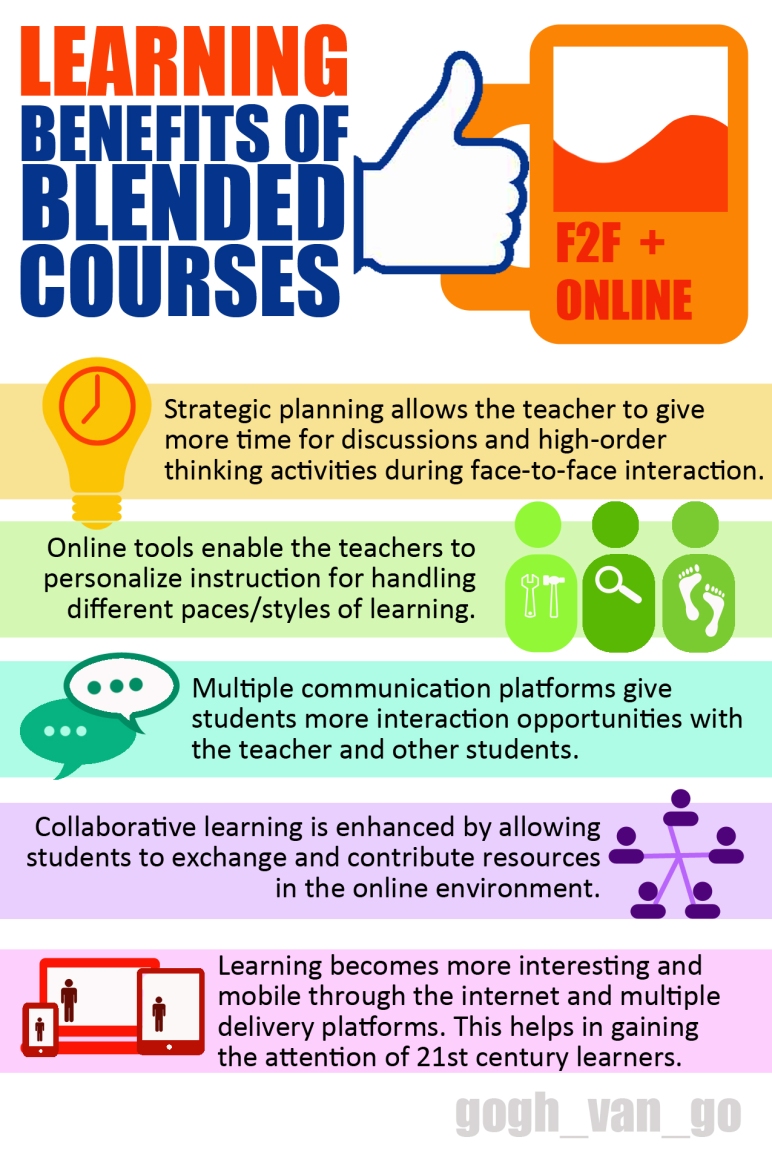#BLENDKIT2016 This blog post summarizes my reactions and realizations after reading the required material for Week 1 of the BlendKit course.
There are several definitions of blended learning but the common factor is to facilitate learning via combination of face-to-face and online interactions. The roles and contributions of the online and F2F components vary depending on the situation. However, it is very clear that teachers must prioritize pedagogy over technology regardless of the situation.
Photos: my students doing a computer assisted quiz by pair. Currently, I am able to incorporate few laboratory sessions and off-campus online activities in my classes. In a way, i’m blending lectures with computer-assisted assessment. I am using technology and other “online opportunities” to drive better face-to-face interactions and to make more self-motivated learners.
Continue reading Blended Learning for Supporting Student Learning








